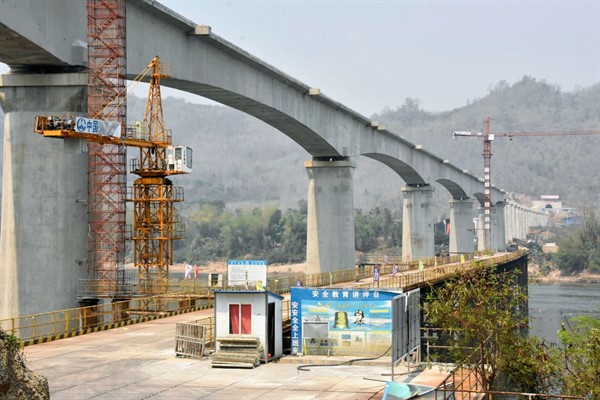Loading your audio article
Five months into the COVID-19 pandemic, East Asian countries like Vietnam, Taiwan and South Korea have garnered widespread praise for their effective handling of the coronavirus. Nearby Laos, with just 22 confirmed cases and no deaths, has gone largely unnoticed. While the World Health Organization has praised Laos’ prevention measures as “exemplary,” the mountainous Southeast Asian nation’s sparse rural population, limited transportation system and dearth of major cities have aided its response.
But while Laos has so far weathered the public health effects of the pandemic, the economic impacts are starting to bite. In May, the World Bank cautioned that Laos was “not immune from the global economic downturn” triggered by COVID-19, predicting its economy could shrink by 1.8 percent in 2020. Tourism and the service sector have been hit the worst, causing unemployment to surge to 25 percent. The outlook is especially concerning for a country that already has a high level of public debt.
Taking a strategic gamble, Laos has doubled down on what has regularly been blamed for its pre-coronavirus financial stresses: large-scale infrastructure projects, funded by China. Despite warnings of a “debt trap” and fears of environmental harm, the government is forging ahead with plans to build huge dams along the Mekong River and its tributaries, while the $6 billion China-Laos railway nears completion. Laotian leaders hope to make their landlocked country “land-linked,” and export electricity to its neighbors.

